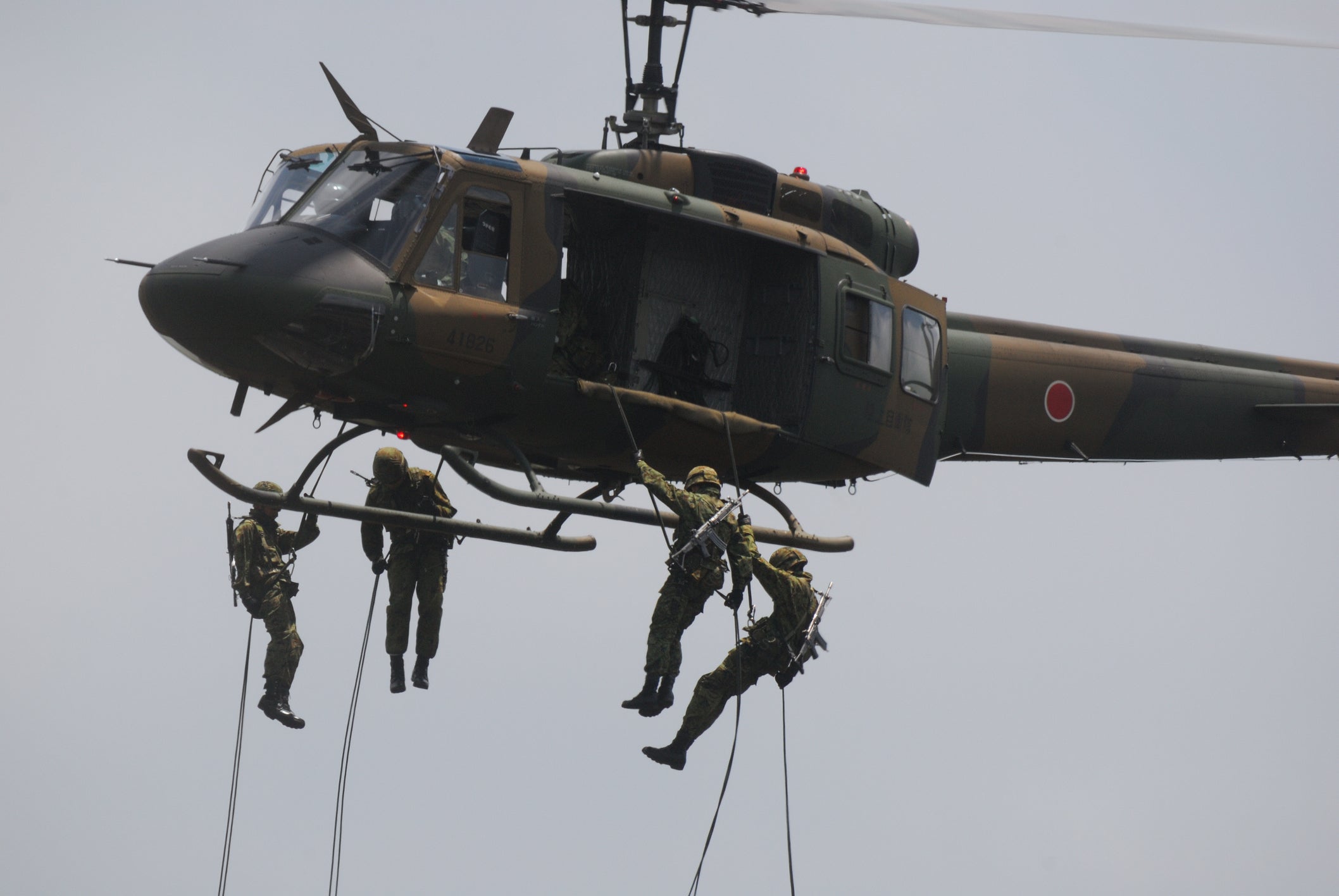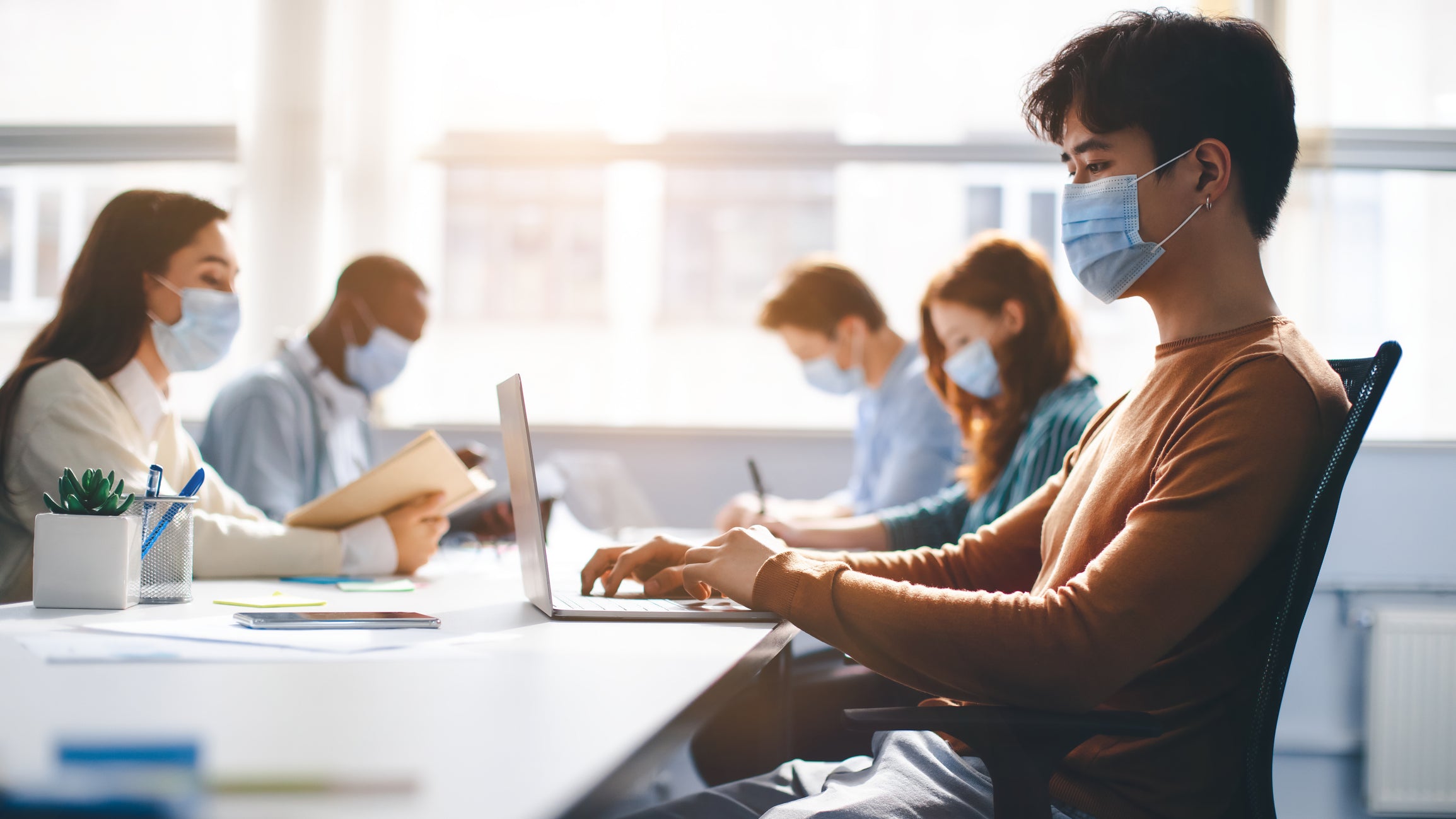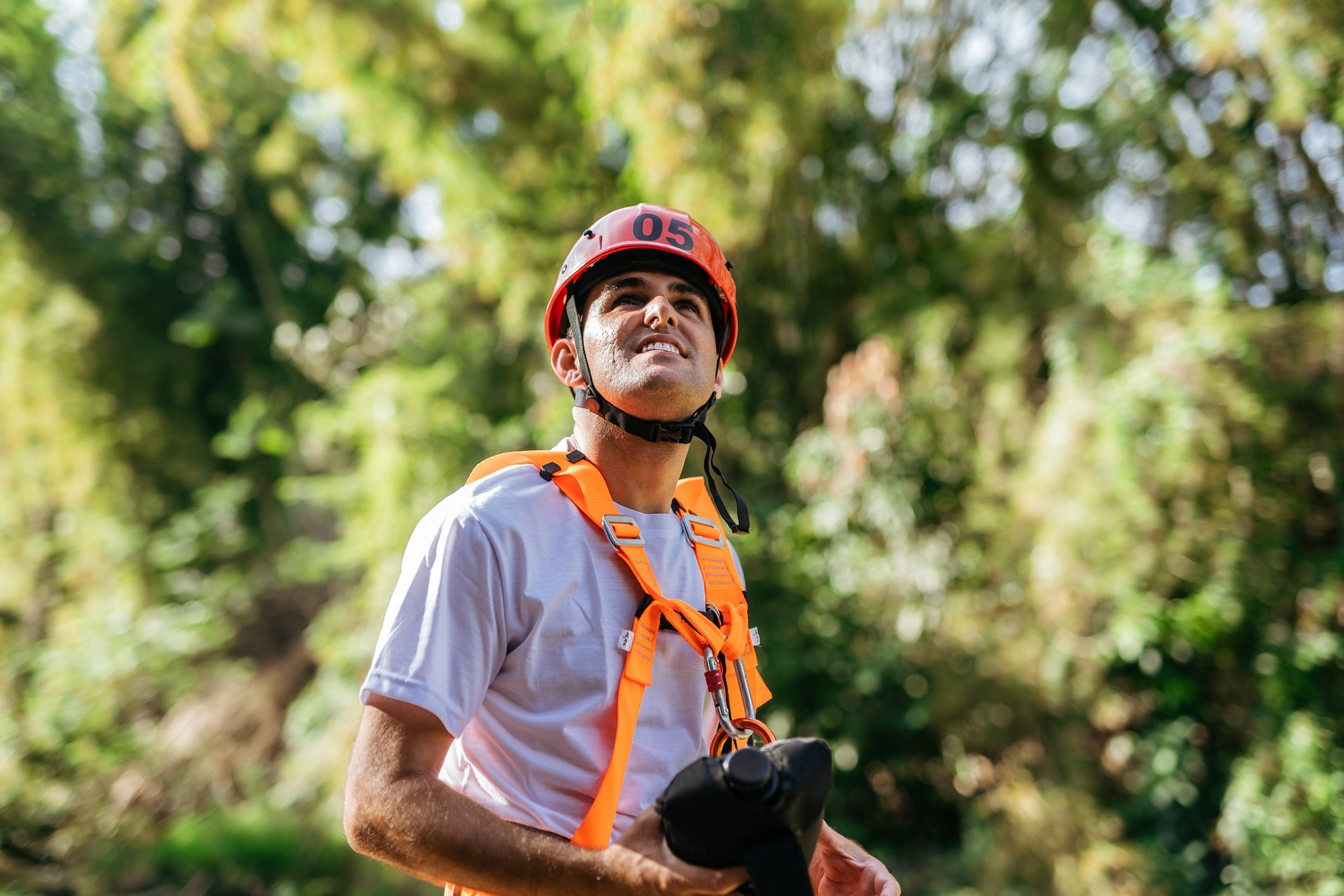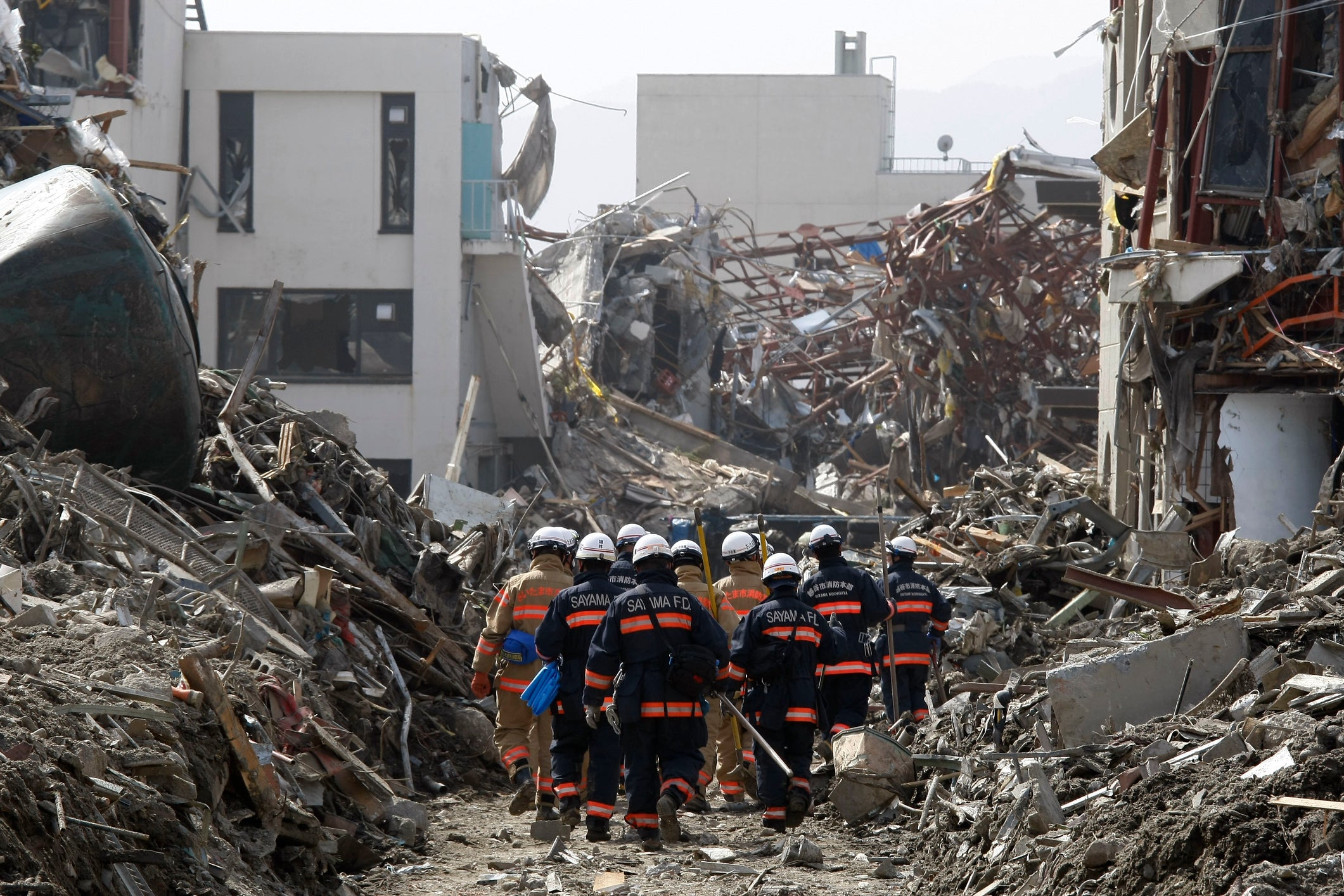Disaster education: Importance of disaster countermeasures in schools
table of contents
Introduction
1 . student safety
2 . Faculty role
3 . Disaster preparedness and prevention
4 . Psychological support during disasters
5 . Contribution to the community
summary
Introduction
Disasters can be caused by unpredictable natural forces or man-made factors. Therefore, we must always prepare for disasters. Schools, in particular, are places where many students and teachers gather, and may be greatly affected in the event of a disaster. Therefore, disaster prevention education and disaster countermeasures at schools play a very important role. This article explores why disaster preparedness in schools is important.
1 . student safety
1-1 Evacuation plan formulation and training
Schools should develop an evacuation plan to evacuate students to a safe place in the event of a disaster such as an earthquake or flood. It is important that evacuation routes, evacuation sites, and means of communication during evacuation are clearly defined. In addition, regular evacuation drills are required to ensure that students learn appropriate behavior.
1-2 Securing means of communication in an emergency
In the event of a disaster, prompt communication with students and their parents is critical. Schools must ensure that they have a means of communication in case of an emergency. It is important to be able to communicate information to students and parents using various means such as telephone contact, email, and SNS .
1-3 Securing a shelter
In the event of a large-scale disaster, schools may be required to act as shelters. It is necessary to secure facilities and places that can be used as an evacuation center, and to prepare the necessary supplies and equipment. It is also important to have a plan to ensure the safety and livelihood of students at evacuation centers.
1-4 Preparation for medical care and first aid
Injuries and illnesses can occur during disasters. Schools should provide first aid training to faculty and designated staff to prepare for medical and first aid emergencies. It is also important to properly stockpile first-aid kits and medical equipment.
1-5 Accommodating Students with Special Needs
Appropriate accommodation for students with special needs (physical limitations, illnesses, disabilities, etc.) is also important. Schools should consider the safety and welfare of such students and develop individual evacuation plans and support measures. Staff also need training to provide appropriate support for students with special needs.
1-6 Regular safety checks and maintenance
It is also important to conduct regular safety inspections and maintenance to ensure the safety of school facilities and equipment. It is necessary to make continuous efforts to ensure the safety of students by periodically checking the earthquake resistance of buildings and evacuation routes, and checking emergency lighting and fire extinguishers.
2 . Faculty role
2-1 Student Safety
Faculty and staff are responsible for ensuring the safety of students in the event of a disaster. Properly trained staff can act quickly and calmly to evacuate students. It is necessary to give top priority to the safety of students, such as providing guidance on evacuation routes and evacuation sites, temporarily protecting students, and providing necessary first aid.
2-2 Evacuation plan formulation and instructions
Teachers and staff are involved in the development of evacuation plans and play a role in communicating appropriate instructions to students. Students should be given clear instructions about evacuation routes, evacuation sites, and what to do when evacuating, and appropriate evacuation drills should be conducted. In addition, teachers and staff confirm emergency contact methods and contact order, and also play a role in ensuring smooth information sharing with students.
2-3 psychological support
Disasters are very stressful situations for students. Teachers and staff play a role in providing psychological support to students in the event of a disaster. You will be asked to provide support to create a calm atmosphere and reduce anxiety and fear. It is also important to be actively involved in post-disaster reconstruction activities and psychological care to help students recover.
2-4 Collection and sharing of information
Faculty and staff are responsible for collecting accurate information in the event of a disaster and sharing it with students and other faculty and staff. Stay up-to-date with the latest information and take appropriate instructions and decisions to ensure the safety of your students and others. It is also important to establish effective means of information sharing and communication routes, and to carry out smooth information transmission.
2-5 Emergency Leadership
In the event of a disaster, faculty members must demonstrate leadership and make accurate judgments and guidance. They are required to have the ability to make calm judgments and act quickly, and to play a role in directing students and other faculty and staff to respond to disasters. It is important to build a cooperative system and work together to take appropriate measures.
3 . Disaster preparedness and prevention
3-1 Disaster risk assessment and planning
Schools should assess disaster risks such as earthquakes, floods, and typhoons and formulate disaster preparedness plans based on that. It is important to use expert advice and local information in assessing disaster risk, and to plan for your school's unique characteristics and needs.
3-2 Seismic resistance and safety of buildings
School buildings are required to be earthquake resistant against disasters such as earthquakes. Buildings should be regularly inspected, repaired, and seismically retrofitted to ensure the safety of students, faculty and staff. It is also important to secure emergency exits and evacuation routes, and prepare disaster prevention equipment.
3-3 Preparation of emergency equipment and stockpiles
Schools should have the tools and supplies they need in case of an emergency. It is important to have a stockpile of supplies to assist students and staff in the event of a disaster, such as emergency lighting, flashlights, food, water supplies, and first aid kits. These tools and supplies must be checked and replenished regularly and kept in good condition at all times.
3-4 Disaster education and training
Students, faculty and staff need to acquire the knowledge and skills to take the right actions in the event of a disaster. The school conducts regular disaster education and provides students with information on disaster preparedness and prevention. It is also important to conduct evacuation drills and evacuation simulations on a regular basis to train students and faculty to take appropriate actions.
3-5 Coordination and Cooperation with Local Communities
It is also important for schools to strengthen their ties and cooperation with the local community. Through cooperation with local disaster prevention organizations and local experts, it is possible to share information and build a support system in the event of a disaster. Community partnerships lead to more comprehensive disaster preparedness and prevention.
3-6 Environmental Consideration and Sustainability
Disaster preparedness and prevention are factors that should also consider environmental considerations and sustainability. It is important for schools to promote environmentally friendly disaster countermeasures, such as the use of renewable energy, proper disposal of waste, and the installation of environmentally friendly disaster prevention facilities.
4 . Psychological support during disasters
4-1 Security and information provision
When a disaster strikes, victims may experience anxiety and fear. The first step in psychological support is providing reassurance. It is important to provide victims with accurate information, understand the current situation, and let them know that safety measures are being taken. In addition, clearly communicate information such as contact methods and evacuation sites, and support the disaster victims so that they can act with peace of mind.
4-2 Acceptance and sharing of emotions
During a disaster, victims may experience a variety of emotions. Anxiety, fear, sadness, anger, etc. are mixed, and you may feel a burden on your heart. In psychological support, it is important to accept and share the feelings of the survivor. By providing a place for victims to express their feelings and accept them, it promotes emotional release and a sense of security.
4-3 Communication and support
Survivors may relieve the burden by sharing their experiences and feelings. In terms of psychological support, we emphasize communication with the victims and listen to their stories while standing close to them. It also supports the path to recovery by providing appropriate support and respecting the feelings and experiences of survivors.
4-4 Psychological help and professional support
Some survivors may have severe psychological difficulties due to the effects of the disaster. Psychological help and professional help may be needed. Professionals who provide psychological counseling and psychotherapy are responsible for the emotional care of disaster victims and provide appropriate support. If necessary, we will work with psychologists and local support organizations to build an appropriate support system.
4-5 Reconstruction assistance and social connections
During the post-disaster recovery period, it is important for victims to feel socially connected and supported. Psychological support provides recovery support and guides people to local support networks. Provide opportunities to participate in community activities and events to help survivors find hope and meaning.
5 . Contribution to the community
5-1 Understanding and responding to local needs
Contribution to the community begins with understanding the needs of the community. The school will strengthen communication with the community and grasp the issues and demands of the community. In addition, the school's resources and abilities are used to implement programs and activities that meet the needs of the community. For example, there are local cleaning activities, environmental protection activities, and support activities for the elderly and people with disabilities.
5-2 Participation and cooperation in regional events
Actively participating in and cooperating with local events and events is one way to contribute to the community. The school participates in local festivals, cultural events, sports competitions, etc., and deepens the relationship with the community by having students and faculty members act as members of the community. We also consider the use of school facilities and resources for the benefit of the community.
5-3 Coordination and Partnership with Regions
In order to more effectively contribute to the local community, it is important to build ties and partnerships with the local community. The school collaborates with local organizations, groups and local residents to promote joint projects and initiatives. For example, there are work experience programs in collaboration with local companies, the utilization of local resources, and the resolution of local issues through cooperation with local boards of education and local experts.
5-4 regional educational support
The school also contributes to local educational support. We cooperate with local kindergartens, elementary schools, and junior high schools to carry out exchange activities and learning support. In particular, it is important to contribute to improving the quality of education in the region by making use of the characteristics and expertise of the school. For example, we open the school library to the public, provide learning support for local children, and hold lectures and workshops.
5-5 Contribution to regional safety and disaster countermeasures
Contributions to local communities include ensuring safety in the event of a disaster and contributing to disaster countermeasures. The school cooperates with local disaster prevention organizations and local residents to conduct disaster prevention education and drills, provide evacuation sites and evacuation routes, and formulate local disaster prevention plans. The school's leadership in community safety and disaster preparedness contributes to the safety and welfare of the community as a whole.
summary
Disaster preparedness and disaster prevention education at schools play important roles in various aspects, such as ensuring the safety of students and teachers, preparing and preventing disasters, providing psychological support, and contributing to the community. Schools are the foundation of society, and they are also places to nurture young people who will lead the future. Therefore, it is necessary to recognize the importance of disaster countermeasures in schools and to provide appropriate education and countermeasures.








